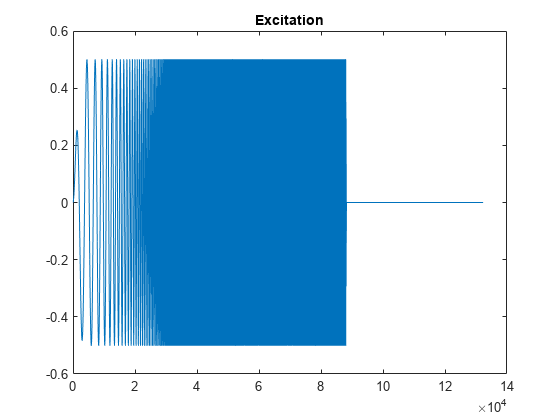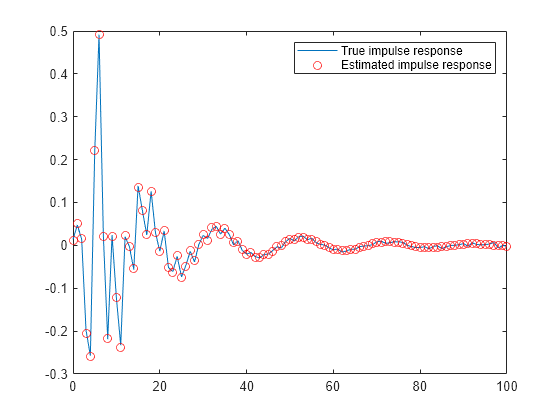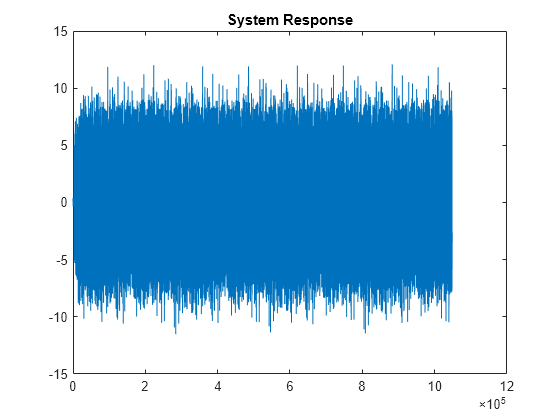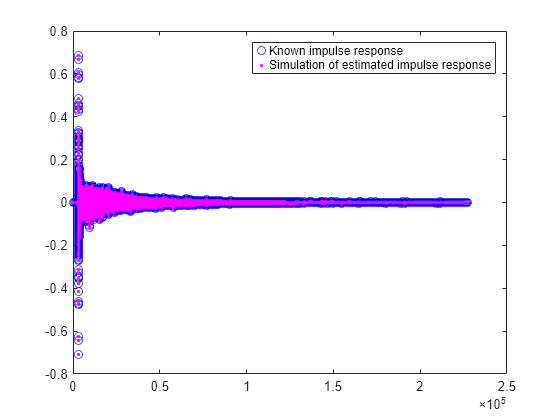impzest
Estimate impulse response of audio system
Description
ir = impzest(excitation,response)excitation and response.
ir = impzest(excitation,response,Name,Value)Name,Value pair arguments.
Examples
Input Arguments
Name-Value Arguments
Output Arguments
References
[1] Farina, Angelo. "Advancements in Impulse Response Measurements by Sine Sweeps." Presented at the Audio Engineering Society 122nd Convention, Vienna, Austria, 2007.
[2] Guy-Bart, Stan, Jean-Jacques Embrachts, and Dominique Archambeau. "Comparison of Different Impulse Response Measurement Techniques." Journal of Audio Engineering Society. Vol. 50, Issue 4, 2002, pp. 246–262.
[3] Armelloni, Enrico, Christian Giottoli, and Angelo Farina. "Implementation of Real-Time Partitioned Convolution on a DSP Board." Application of Signal Processing to Audio and Acoustics, 2003 IEEE Workshop, pp. 71–74. IEEE, 2003.
Extended Capabilities
Version History
Introduced in R2018b





